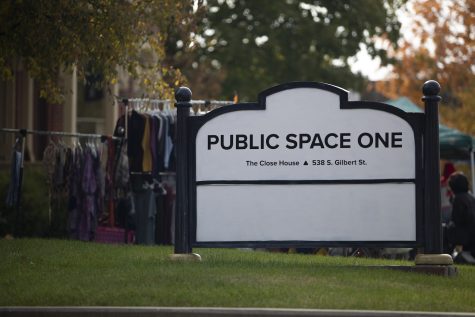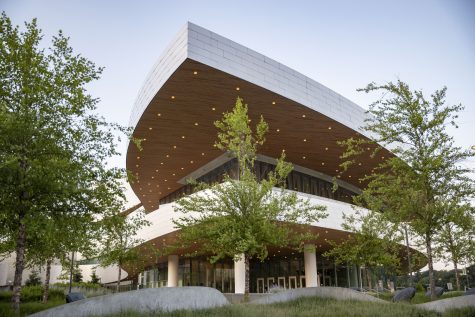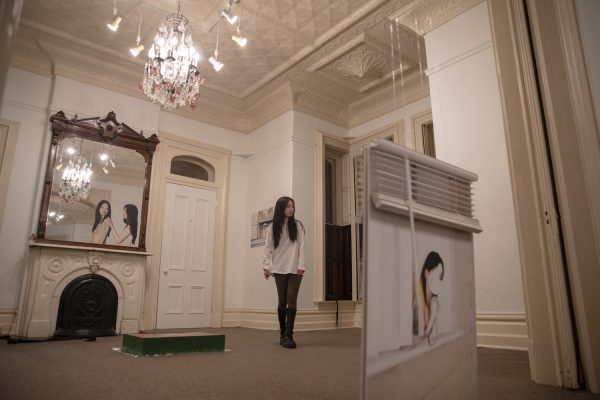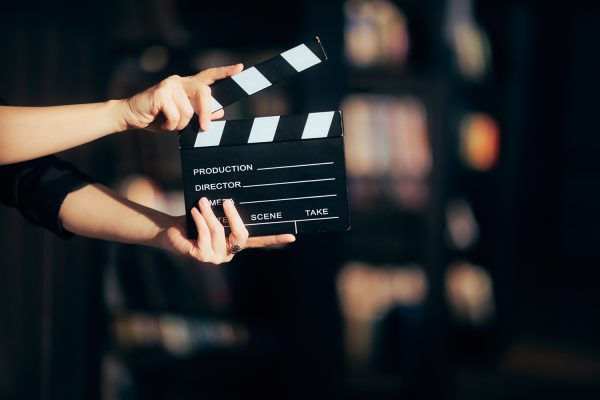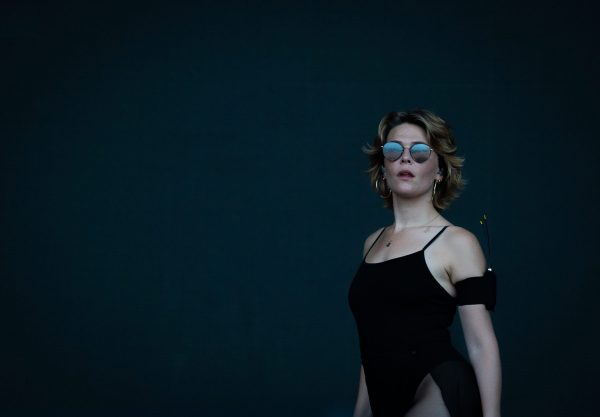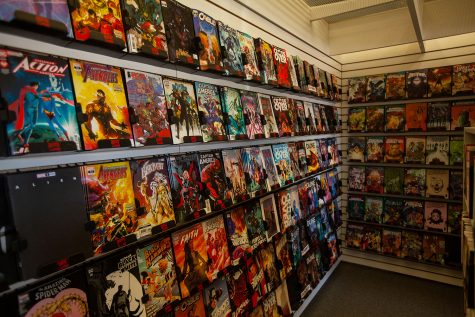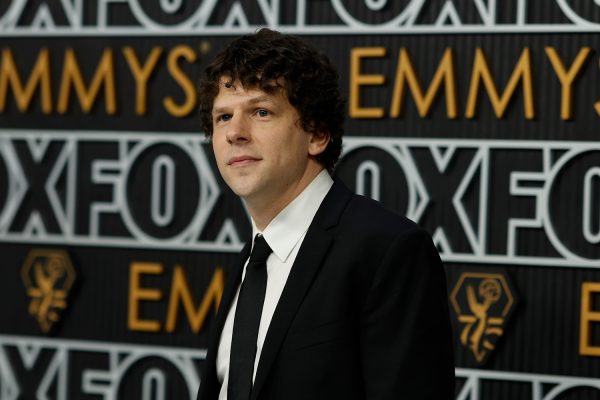A look at the rock underground of 1970s New York
Witching Hour’s Oct. 12 event featured punk icon Richard Hell, author Kembrew McLeod, and actor Lisa Jane Persky digging into New York City’s rock scene in the 1970s.
October 13, 2018
Initially, when I heard Witching Hour was going to dedicate an entire hour to the 1970s New York City underground rock ’n’ roll scene, I was ecstatic and hungry for information from the people who lived it.
Kembrew McLeod, the author of The Downtown Pop and Underground , took the stage with two guests: New York City punk icon and writer Richard Hell and photographer, writer, and actor Lisa Jane Persky.
Before getting in depth about New York City in the ’70s, McLeod shared a memory from 1988 about meeting the Big Apple’s inception of the rock ’n’ roll underground: Lou Reed. The ambiguous and polarizing singer/songwriter almost stole McLeod’s lucky pen after an autograph; to which Hell laughed and shook his head, saying, “Sounds about right.”
Both Persky and Hell got a taste of New York City at a young age. As a child in the early ’60s, Persky’s family moved to Greenwich Village to a building known for tenants playwright Harry Koutoukas and Yoko Ono.
Though Persky said she first felt the magic of New York when peeking out of her apartment window and seeing the young, poetic singer/songwriter Bob Dylan walking the streets. A similar image also happens to be on Dylan’s second album, The Freewheelin’ Bob Dylan, as he walks down the same street with then-girlfriend Suze Rotolo.
Hell, on the other hand, moved to New York City alone after dropping out of high school. He resided in the East Village, whose topography at the time featured a raucous jungle full of drugs, poverty, and a pool of diverse ethnicities.
Hell laughed, then related that his earliest experience living in New York City, he often lived in apartments for three months at a time before moving to the next, because landlords waited three months to get the back rent before evicting the tenants.
Initially, he spent much of his time writing and reading poetry, sometimes performing at poetry readings in the East Village. He said that because of his high school best friend’s obsession with music and arrival in the city, music became a realistic medium in which to blend his writing.
One of his earliest and favorite music memories in the East Village was seeing one of punk rock’s early pioneers: the New York Dolls. The musicians’ ability to blend in with the crowd, lacking egotistical demeanors, resonated with Hell.
Because Persky and Hell lived in New York City at the dawn of punk and the era of underground rock ’n’ roll, McLeod asked the two to discuss what punk means to them and to New York.
Persky said punk’s status was never front and center in New York until the Ramones left the States to play with the Sex Pistols in Great Britain. From that point on, many started associating bands with punk rock that possessed the Ramones’ and Sex Pistols’ minimalistic loud and raucous sound.
The bassist respectfully disagreed with the notion that the Ramones were a punk rock band, because in his eyes punk rock was “deliberately obnoxious” and the Ramones, unlike the Sex Pistols, worked to compose thoughtful melodies and saw the music more as an art rather than a loud political statement.




